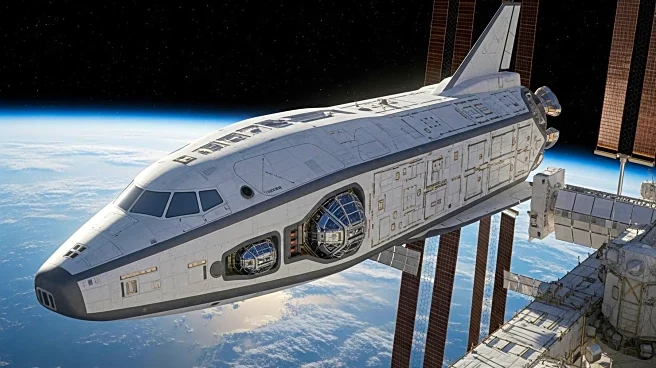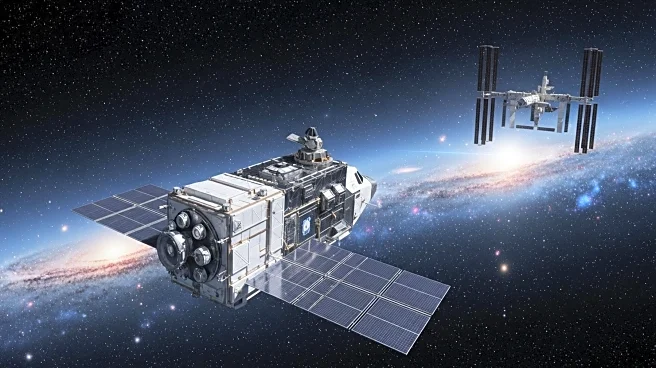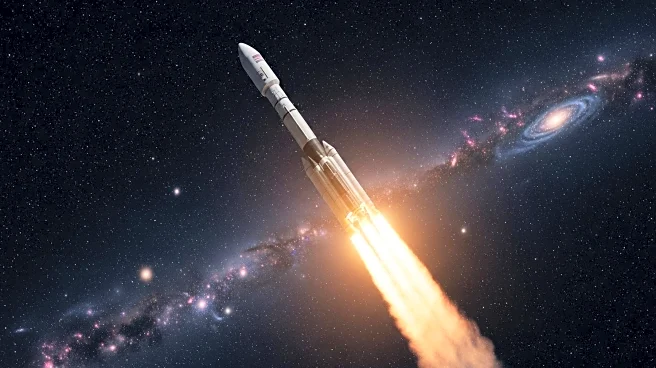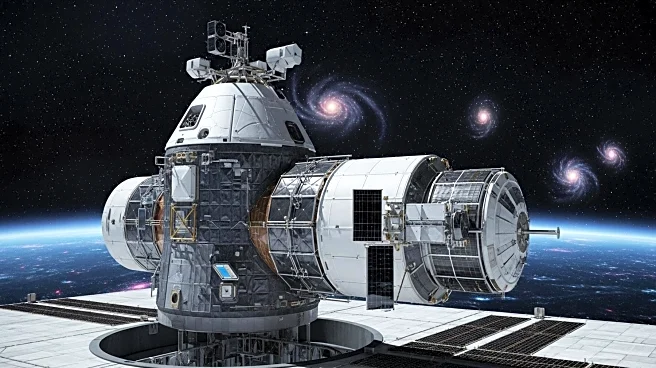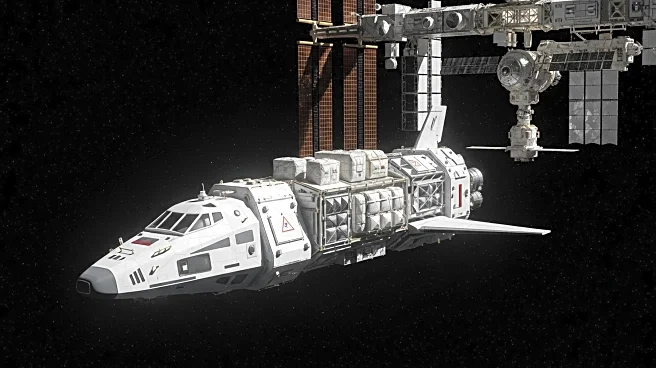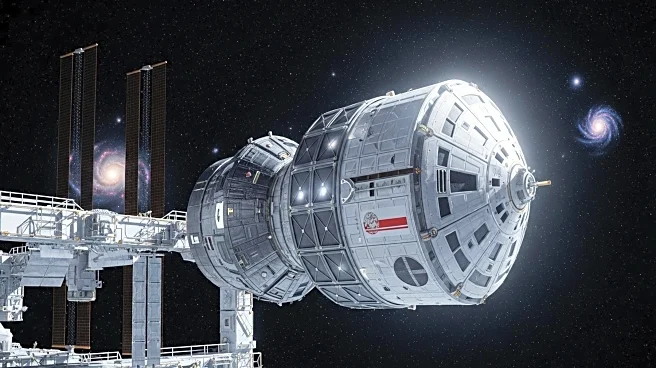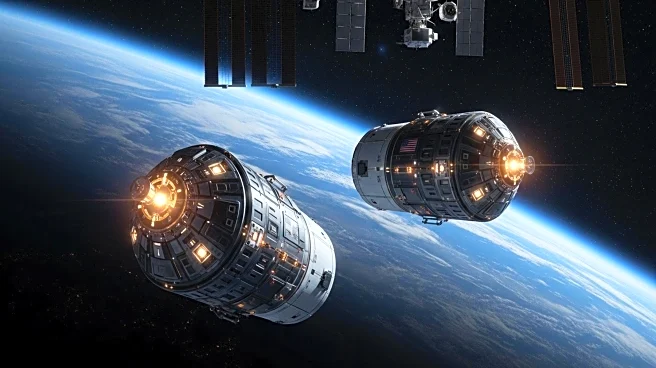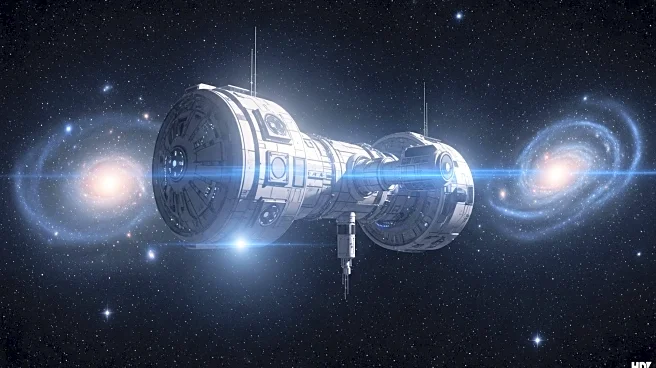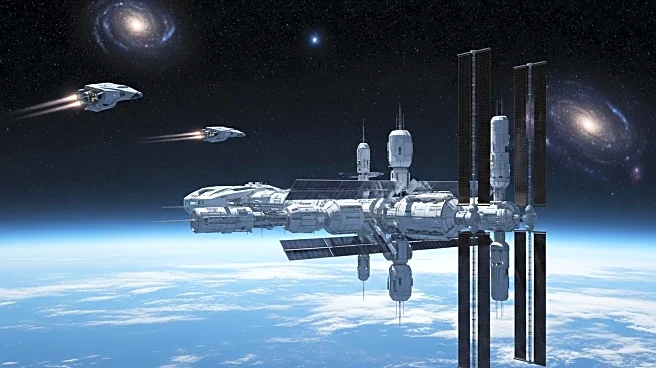What's Happening?
The International Space Station (ISS) is set to diversify its cargo resupply fleet with the introduction of Northrop Grumman's Cygnus XL and Japan's HTV-X cargo ships. The Cygnus XL, boasting double the cargo capacity of its predecessor, is scheduled to launch on September 14 aboard a SpaceX Falcon 9 rocket. This mission marks the 23rd resupply operation by Northrop Grumman. Additionally, Japan's HTV-X, an upgraded version of the H-II Transfer Vehicle, is expected to launch this fall, offering new capabilities for post-ISS missions. These advancements are part of a broader effort to enhance the ISS's logistical operations.
Why It's Important?
The introduction of the Cygnus XL and HTV-X cargo ships is significant for the ISS's operational efficiency and future missions. The increased cargo capacity of Cygnus XL will allow for more substantial resupply missions, supporting the station's scientific and exploratory activities. The HTV-X's ability to support post-ISS missions opens new possibilities for future space exploration and commercial endeavors. These developments are crucial as the ISS approaches its retirement, paving the way for new commercial stations and supporting international space programs like the U.S.-led Artemis lunar exploration initiative.
What's Next?
Following the Cygnus XL launch, Northrop Grumman plans to produce additional units and develop a version capable of autonomous docking. This technology is vital for servicing future commercial stations in low Earth orbit. Meanwhile, Japan's HTV-X will continue to support international space missions, including potential contributions to lunar exploration. Sierra Space's Dream Chaser, another newcomer to the ISS fleet, is expected to debut soon, further diversifying the resupply capabilities. These advancements will play a critical role in transitioning from the ISS to commercially operated space stations.
